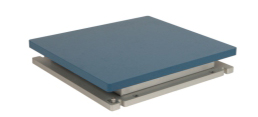How are human actions planned, executed and controlled
In the movement analysis laboratories of the research group Neurocognition and Movement, the question of how human actions are planned, executed and controlled is investigated. This includes basic research on cognition, memory and perception in the context of simple grasping actions as well as research on motor and perceptual-cognitive adaptations during the acquisition of complex sport motor skills. To this end, they combine biomechanical measurement methods with research approaches from cognitive psychology, biological cybernetics and neuroinformatics. By embedding them in the interdisciplinary Cluster of Excellence CITEC, they support the development of technical systems that are intuitive and easy to use for humans.



